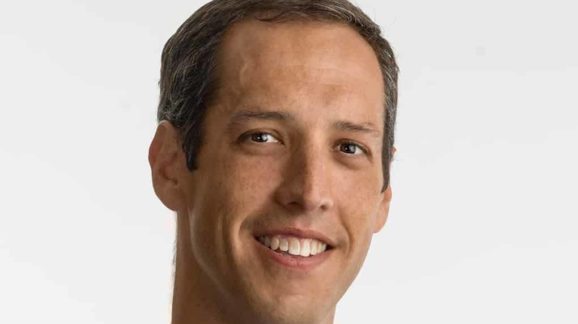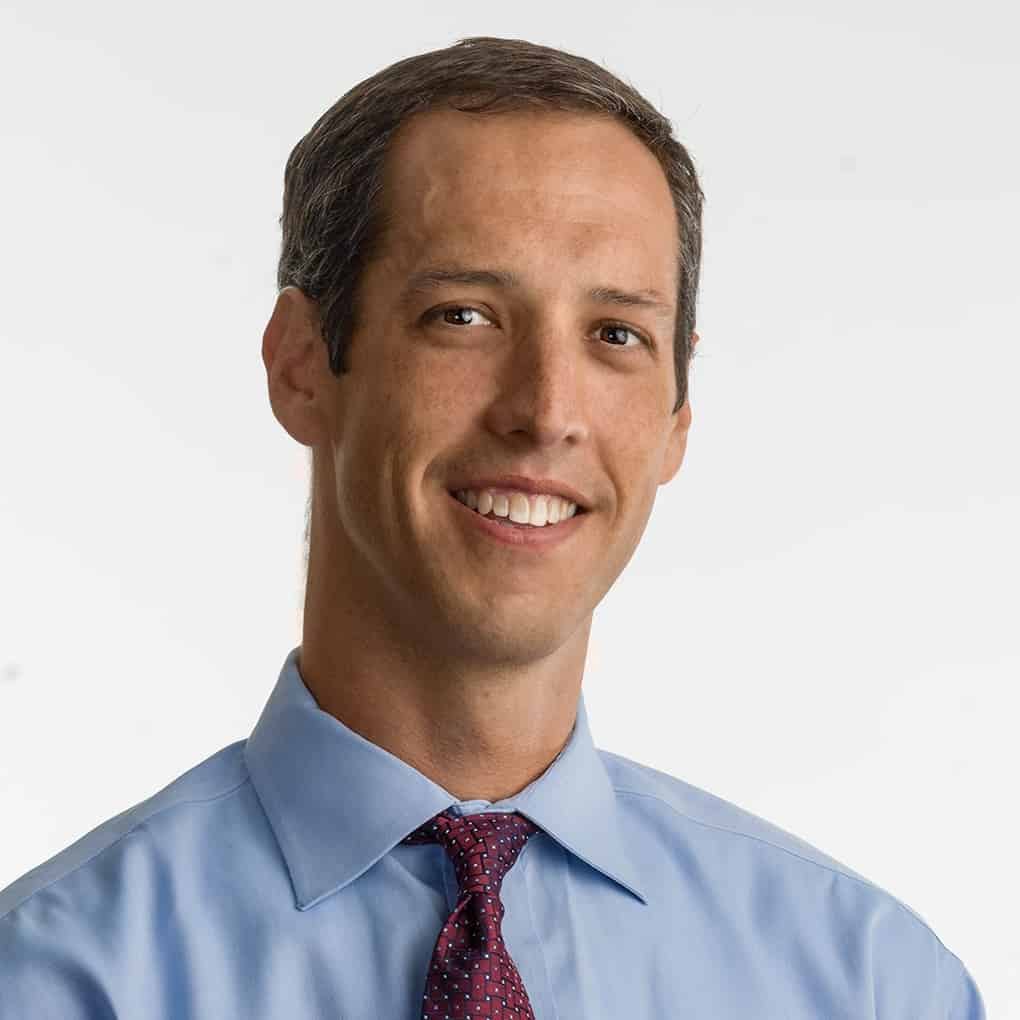President’s Fall Policy Update

 CEI President Kent Lassman recently wrote to supporters with an update on recent events and policy developments in Washington, D.C. The post below is adapted from that letter.
CEI President Kent Lassman recently wrote to supporters with an update on recent events and policy developments in Washington, D.C. The post below is adapted from that letter.
You get what you measure. It is as basic an insight to people and organizations as you’ll find. Humans adjust and adapt based on the institutions in which they find themselves and the metrics by which they are judged. The idea informs public choice economics as much as it does organizational dynamics.
A common critique of the non-profit sector—indeed any mission-driven organization—is that we don’t have good measures. Without clear relationships between what we do and the societal outcomes that we seek, it is hard to tell when a policy organization is on the right track. The critique is valid, but it only goes so far.
We do have measures and very clear guideposts to tell us if we are on the right path. Our mission at CEI is to advance liberty, promote markets free from harmful government intervention, and build support for the policies that advance each. We do not yet have a regulatory environment optimized for freedom. We are far from it. But the signals emerging in the past year suggest that we are headed the right direction. A reinvigorated Congressional Review Act has brought Congress back into the dialogue about its proper role. The administration is taking steps to account for guidance documents and other regulatory dark matter. The flow of new regulation has slowed to a trickle.
Internally, we often manage toward what I call “maintenance measures.” We keep a close eye on how the organization is doing by watching production schedules. We ask ourselves if we are producing the types and quantities of analysis, litigation-related work, and coalition or communications work that have proven effective in the past. The CEI finance team monitors spending, revenue, and reserves, as well as looming obligations. These are good and necessary metrics. However, they are incomplete to our primary objectives.
Though they will be imperfect measures, more and more we’re looking for another category of metrics to supplement the maintenance measures. Our chairman of the board, Tom Haynes, provided me a good name for them: Impact Measures.
Compare the following two alternative questions. How long could the organization run at its current operational pace if all revenue streams were reduced to zero? This is a way to look at liquid reserves and cash flow and we measure it in terms of months. Or, how long does the current program need to operate until the desired change in the law? More typically, these measures come in the form of years. It is unlikely that we will be able to fundamentally restructure or abolish the Consumer Finance Protection Bureau in the coming year. But we also know that CEI’s “time to impact” on that objective could reasonably be five-to seven-years.
As I visit with CEI’s supporters and allies, one theme that consistently comes through is appreciation for how we roll up our sleeves and fight. We’re right there in the policy details, forging the bonds between unlikely partners, and litigating where others won’t. These activities are all focused on impact and real change. It is our character and in many ways what distinguishes CEI from some of our good friends who play other roles in the fight to expand the boundaries of freedom.
Developments at CEI
Speaking of impact measures, CEI contributed to positive development recently at the Environmental Protection Agency. Administrator Scott Pruitt invited me along with three colleagues for a signing ceremony where he officially put in place new conflict of interest requirements for the 22 scientific advisory boards at the EPA. It was a good day and is another step in the march to stop the flow of tens of millions of dollars from the federal fisc to outside advocates who only ever counsel more regulation.
Last month, Myron Ebell was featured in a major “documentary” piece produced by PBS’ Frontline. Despite the editorial decisions that presented the policy questions at issue as a calamity of the highest order, Myron’s message and demeanor was entirely measured and straightforward. The man is unflappable which is a pretty good attribute in our line of work. Wayne Crews continues to provide analysis and advice to Congress. Most recently he testified before the House Oversight & Government Reform Committee on the president’s executive orders and regulatory task forces.
We hosted breakfast in October with the straight-shooting Senator from Oklahoma, James Lankford. He gamely took on questions from more than two-dozen guests in New York for more than an hour. He has an impressive grasp of regulatory issues and a much needed commonsense approach to the law. I am looking for more good things from him in the Senate. Here in the Imperial City, our own expert on financial regulation Iain Murray provided lunchtime entertainment in the form of a briefing for supporters, friends and allies. Iain’s timely presentation explained all of the political and legal issues at play with the Consumer Financial Protection Bureau, or as I like to call it, the most recently created illegal and redundant regulatory agency. Consumers had a big win on this front last week when the Congress passed a resolution to vacate a recent major rule from the CFPB which was little more than a handout to the politically powerful trial bar.
As for myself, I’ve given a handful of speeches and presentations lately. I spoke to a group of Scandinavian bankers about the Trump regulatory agenda and at the annual meeting of the Philanthropy Roundtable on strategies for dismantling the administrative state. As a representative of the dozens of analysts, fellows, and lawyers who toil away at CEI, in the last two months I’ve found myself in multiple meetings at Office of Mangement and Budget, the EPA, and the White House. I can make an unqualified assertion: It is nice when the government wants our advice on how to shape a policy proposal.